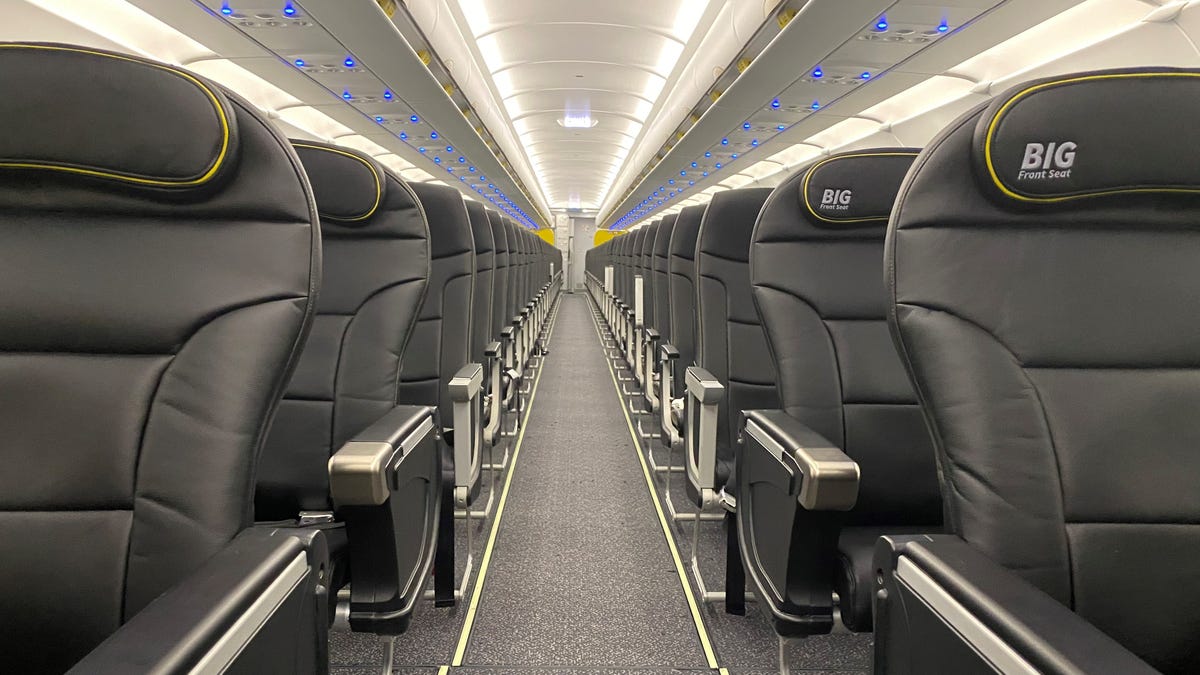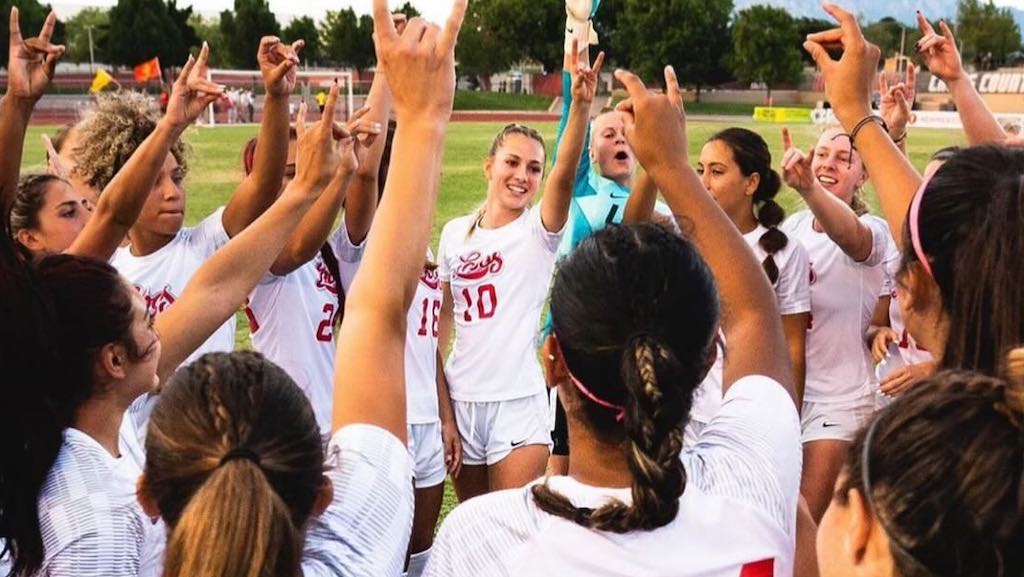JUNEAU — A proposal to enshrine the Permanent Fund dividend in the Alaska Constitution failed to be approved by the House on Thursday.
House Joint Resolution 7 would pay out whatever dividend was set in state law. The 1982 dividend formula still exists in state law, but it has not been followed by the Legislature since 2016. That statute would dictate that Alaskans receive a dividend this year of roughly $3,400. But such a payment would require spending over $1 billion more than the state has in revenue.
Two-thirds of the House and Senate need to vote in support of a constitutional amendment to put it before voters.
The amendment, proposed by Nikiski Republican Rep. Ben Carpenter, failed on a 22-18 vote. It needed 27 votes to advance to the Senate.
Members of the Legislature have long advocated for a comprehensive fiscal plan that could include a new dividend formula, a spending cap, budget reductions and new sources of state revenue.
Carpenter said enshrining the dividend formula in the constitution would compel legislators to enact a fiscal plan to balance revenues and expenditures.
“This is the first step,” he said, adding, “What it does do is something very simple. It just says, ‘We’re going to follow the law.’”
Supporters said that legislators should put the proposal before Alaska voters and trust them to decide whether it should be approved.
Opponents of the measure said enshrining the dividend in the constitution would lead to a fiscal crisis and not necessarily compel any further action to reform the statute governing the annual dividend size, or other elements of a fiscal plan.
“Those who are tempted to vote for this need to ask themselves: Do the supporters of this proposal genuinely in their hearts and in their souls intend to renegotiate and reform the formula?” Rep. Andy Josephson, an Anchorage Democrat, said in a floor speech.
But even if lawmakers were successful in reforming the dividend formula, Josephson said that Gov. Mike Dunleavy — who has supported large dividend payouts during his tenure — would be unlikely to sign a bill changing the formula.
“I think that those who support this proposal are morally obligated … to be the leaders to fix the dividend,” said Josephson. “They cannot say, ‘Well, jeez, you know, someone else will do it.’”
[Alaska House passes operating budget with dividend around $2,300, extra school funding]
Dunleavy has repeatedly used his veto pen to nix pieces of legislation. He has shown openness to reforming the dividend formula, and in 2021 proposed a plan that would change the dividend formula, reserving half the Permanent Fund earnings draw for state services. Without additional revenue sources, that plan would still leave the state with hundreds of millions of dollars in annual deficits.
Jeff Turner, a spokesman for the governor’s office, said Dunleavy has repeatedly said that the first step in a fiscal plan is to resolve the dividend formula.
The Senate has favored a statute that would reserve three-quarters of annual Permanent Fund earnings to pay for state services, which itself could become unaffordable without new revenue, according to some projections, but neither the House nor the governor have signaled support for that idea.
Josephson said that the only way to afford the annual dividends as they’re currently written into statute without triggering a fiscal crisis would be to impose a billion-dollar sales or income tax. Alaska is the only state that has neither a statewide sales tax nor a statewide income tax.
Carpenter’s constitutional amendment proposal advanced to the House floor in February. For almost two months, it had not come up for a final vote or floor debates.
After marathon floor sessions to debate and pass the operating budget, several legislators said they were surprised the dividend amendment was brought up for a vote Thursday. The debates spanned over three interrupted hours. There were long breaks, and unusual procedural motions to advance other fiscal plan bills from legislative committees.
House members voted 37-3 to advance Senate Bill 107 from the Finance Committee. That would change the dividend formula to the 75-25 model. If that formula was followed this year, the PFD would be around $1,360.
In a brief interview after the floor session ended, Carpenter said he was not surprised by the outcome. But, he said that he thought there would be more votes in support of the amendment.
”It was pretty clear over the last couple of weeks that people were not confident that components of a fiscal plan were actually going to move,” he said. But, he added, there could still be time this legislative session to vote on the amendment again.
• • •
How they voted:
Rep. Jamie Allard, R-Eagle River (Y)
Rep. Jennie Armstrong, D-Anchorage (N)
Rep. Thomas Baker, R-Kotzebue (Y)
Rep. Ben Carpenter, R-Nikiski (Y)
Rep. Ashley Carrick, D-Fairbanks (N)
Rep. Julie Coulombe, R-Anchorage (Y)
Rep. Mike Cronk, R-Tok (Y)
Rep. Maxine Dibert, D-Fairbanks (N)
Rep. David Eastman, R-Wasilla (Y)
Rep. Bryce Edgmon, I-Dillingham (N)
Rep. Zack Fields, D-Anchorage (N)
Rep. Neal Foster, D-Nome (Y)
Rep. Alyse Galvin, I-Anchorage (N)
Rep. Andrew Gray, D-Anchorage (N)
Rep. Cliff Groh, D-Anchorage (N)
Rep. Sara Hannan, D-Juneau (N)
Rep. Rebecca Himschoot, I-Sitka (N)
Rep. Craig Johnson, R-Anchorage (Y)
Rep. DeLena Johnson, R-Palmer (Y)
Rep. Andy Josephson, D-Anchorage (N)
Rep. Kevin McCabe, R-Big Lake (Y)
Rep. CJ McCormick, D-Bethel (N)
Rep. Tom McKay, R-Anchorage (Y)
Rep. Donna Mears, D-Anchorage (N)
Rep. Genevieve Mina, D-Anchorage (N)
Rep. Dan Ortiz, I-Ketchikan (N)
Rep. Mike Prax, R-North Pole (Y)
Rep. George Rauscher, R-Sutton (Y)
Rep. Justin Ruffridge, R-Soldotna (Y)
Rep. Dan Saddler, R-Eagle River (Y)
Rep. Calvin Schrage, I-Anchorage (N)
Rep. Laddie Shaw, R-Anchorage (Y)
Rep. Will Stapp, R-Fairbanks (Y)
Rep. Andi Story, D-Juneau (N)
Rep. Louise Stutes, R-Kodiak (N)
Rep. Jesse Sumner, R-Wasilla (Y)
Rep. Cathy Tilton, R-Wasilla (Y)
Rep. Frank Tomaszewski, R-Fairbanks (Y)
Rep. Sarah Vance, R-Homer (Y)
Rep. Stanley Wright, R-Anchorage (Y)
• • •
Sean Maguire reported from Juneau and Iris Samuels from Anchorage.

:quality(70)/cloudfront-us-east-1.images.arcpublishing.com/adn/GFRNB5LP4VE4HBPUFY4B5JSYXI.jpg)

:quality(70)/cloudfront-us-east-1.images.arcpublishing.com/adn/CWRC25VHXZG3ROSTUP6QHAAXUY.JPG)






























)